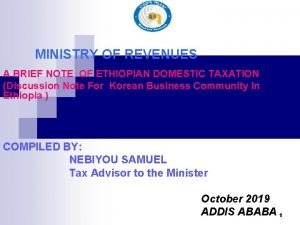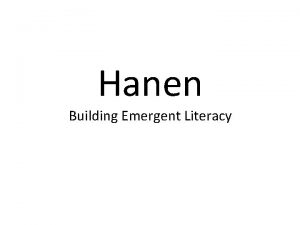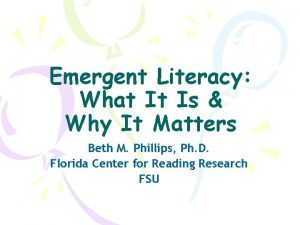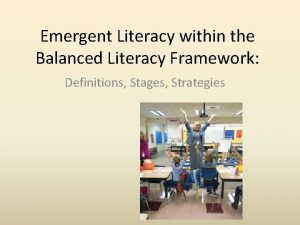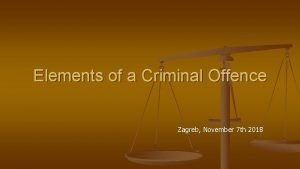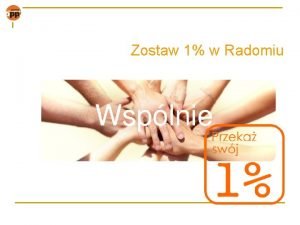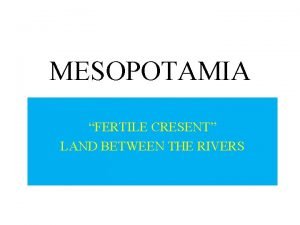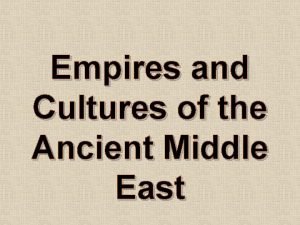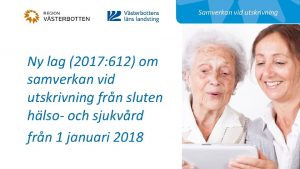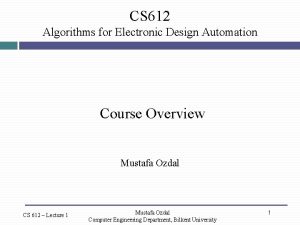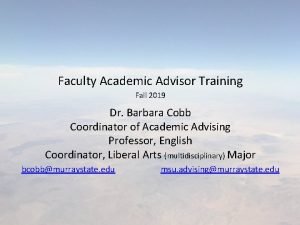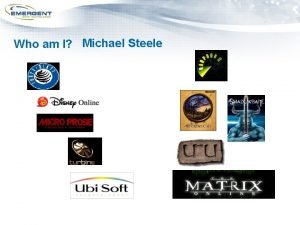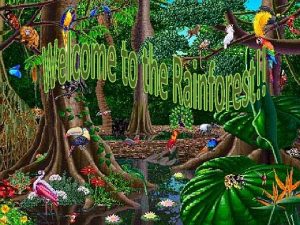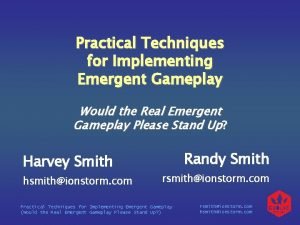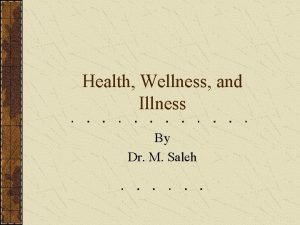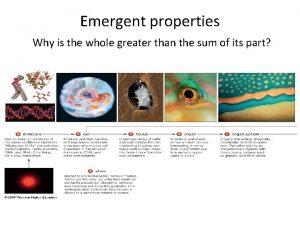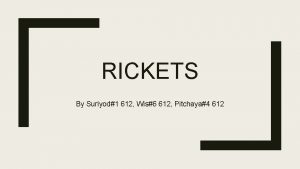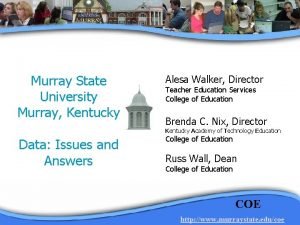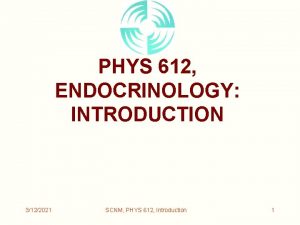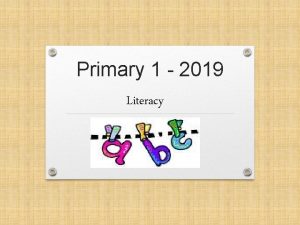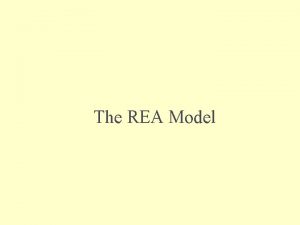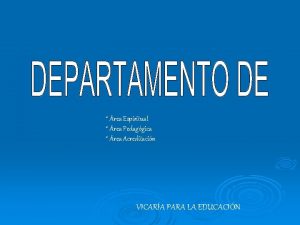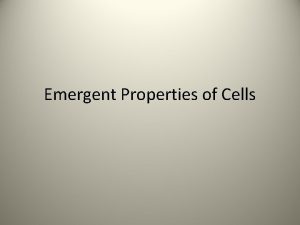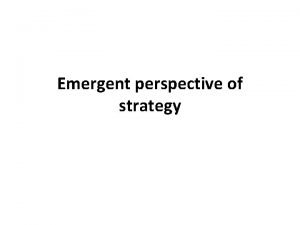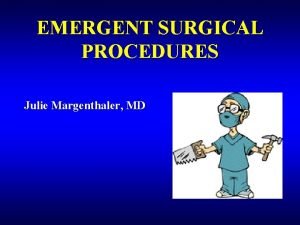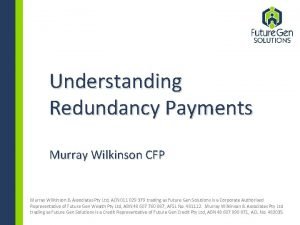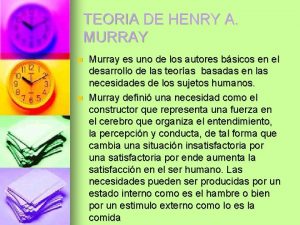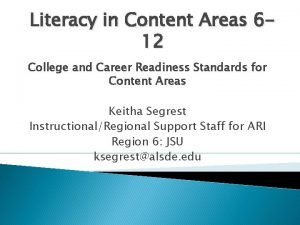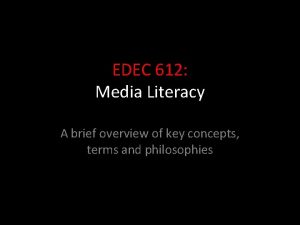Emergent Literacy REA 612 Murray State University 2008





















- Slides: 21

Emergent Literacy REA 612 Murray State University, 2008

What is Reading Readiness? • We used to think that children didn’t learn to read and write until they began school. • We used to think that reading was primarily a visual process. • We thought children weren’t ready to learn to read until they reached a certain age and had certain prerequisite skills such as auditory and visual discrimination, and a certain IQ. • We got children ready to read with skills such as visual discrimination activities.

What is Emergent Literacy? • We now understand that the ability to read and write emerges gradually. • Children begin to learn about reading and writing almost from birth. • Children’s approximations – scribble writing and pretend reading – are part of the process of learning to read and write and show us what the child already knows.

Young children become readers and writers by… • …observing reading and writing functions at home • …being read to • …experimenting with reading and writing

Concepts, Strategies and Skills Needed to Become a Reader • Oral language and listening skills • Functions of print • Concept of word, letter, directionality • The “language of books. ” • Alphabetic principal. • The names of some of the letters ALL of these develop very gradually in a literacy-rich environment

How can we help children learn the functions of written language and experiment with reading and writing? • • Make lists with students Write notes to students Writing morning messages Recording questions and information on charts Use literacy materials at play centers Allow students to write notes to classmates Reading and writing stories together Drawing and writing in journals

Developmentally Appropriate Practices for Young Children – from IRA & NAEYC joint position statement Preschool: • Daily reading aloud to children • Literacy play • Songs, finger plays, poems • Print-rich environments • Experiences that expand vocabulary • Opportunities to focus on the sounds in language • Opportunities to talk about what is read

Developmentally Appropriate Practices for Young Children – from IRA & NAEYC joint position statement K-primary grades: • Many of same practices as preschool years • Daily reading aloud • Daily independent reading of meaningful texts • Daily supported writing of many types of texts • Invented spellings • Small group instruction and collaboration

Things to think about… • Why are those activities developmentally appropriate? • What activities were NOT mentioned? – Being taught phonics rules – Intensive phonics programs – Extrinsic rewards • Why are they NOT mentioned? • When do we stop learning to read and write?

Stages of Emergent Reading and Writing • Elizabeth Sulzby’s Stages of Emergent Reading • Stages of Writing Development

Sulzby’s Stages of Emergent Reading

Stages of Writing Development • • • Scribble stage Prephonemic stage Phonemic stage Transitional stage Conventional stage

What does this child know about writing?

What does this child know about writing?

What does this child know about writing?

What does this child know about writing?

Why does this student represent the /w/ sound with the letter Y? Why does he represent the /sh/ sound with the letter H?

What does this child know about writing?

Stages of Writing Development: What the child knows • Scribble stage – Writing means something • Prephonemic stage – Writing is made up of letters • Phonemic stage – Letters stand for certain sounds • Transitional stage – Uses visual memory for some words; invents others • Conventional stage – Relies on visual memory rather than spelling how it sounds

What is Phonemic Awareness? • Understanding phonics? • NO • Something that may be an important prerequisite to learning to read? • YES • FIND OUT WHAT IT IS AND HOW YOU HELP STUDENTS DEVELOP IT ON THE EMERGENT LITERACY TRACK!!!

Technology presentation – Students use Kidspiration to construct webs showing the meanings of root words or affixes.
 Stamp duty(amendment) proclamation no. 612/2008
Stamp duty(amendment) proclamation no. 612/2008 Emergent literacy
Emergent literacy Early emergent literacy
Early emergent literacy Components of balanced literacy
Components of balanced literacy Home and school connection
Home and school connection Mens rea and actus rea
Mens rea and actus rea 26-612
26-612 1300-612 bce
1300-612 bce 1300-612 bce
1300-612 bce 2017:612
2017:612 Electronic design automation course
Electronic design automation course 2008 2008
2008 2008 Murray state bursar office
Murray state bursar office Media literacy venn diagram
Media literacy venn diagram Venn diagram of media, information and technology literacy
Venn diagram of media, information and technology literacy Who are people as media
Who are people as media Cyber literacy and digital literacy
Cyber literacy and digital literacy Emergent game technologies
Emergent game technologies Emergent layer animals
Emergent layer animals Emergent gameplay examples
Emergent gameplay examples Dunn's high level wellness grid
Dunn's high level wellness grid Emergent properties biology
Emergent properties biology
